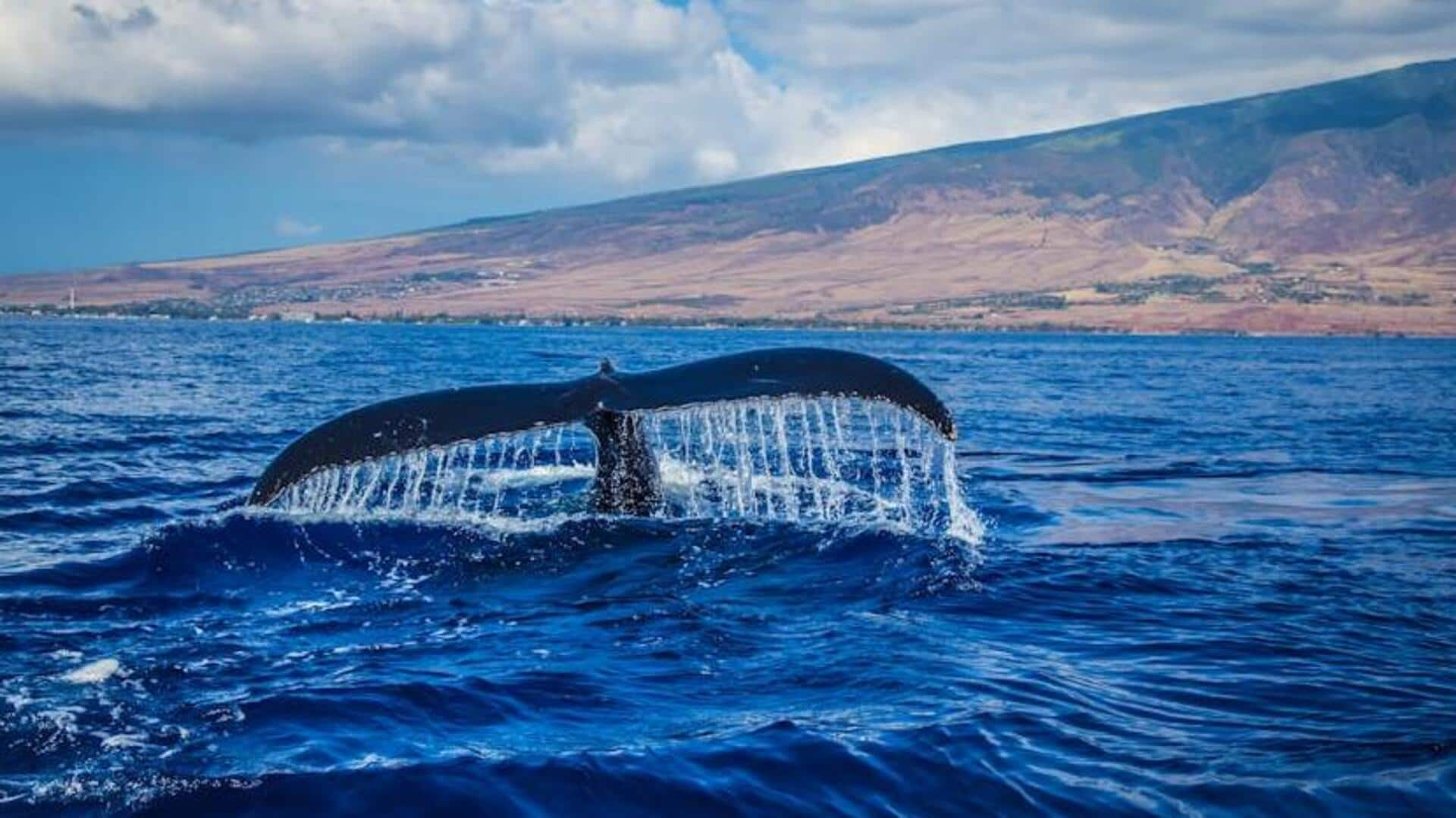
A guide to whale-watching wonders in Reykjavik
What's the story
Reykjavik, the coastal capital of Iceland, offers a unique blend of city life and natural wonders.
Among its most enchanting experiences is whale-watching.
The cold waters surrounding the city are a haven for various whale species, making Reykjavik a prime spot for those hoping to catch a glimpse of these majestic creatures in their natural habitat.
Best months
Prime time: May to September
The optimal period for whale-watching in Reykjavik is from May to September.
These months see the ocean teeming with marine life as whales migrate to the Icelandic coast for the plentiful krill and fish.
This time also offers better weather for boat tours and longer daylight hours, significantly improving your chances of witnessing these majestic creatures up close.
Peak season
June: The peak season
June is the peak season for whale-watching in Reykjavik, presenting the best opportunity to observe minke whales, humpbacks, and occasionally even the majestic blue whales.
With the longest days of the year occurring in June, there is extended daylight for tours, significantly enhancing your chances of experiencing these magnificent creatures under the most favorable conditions.
Quieter times
Avoiding crowds: May and September
For those aiming to dodge the summer crowds while still seizing high chances of whale sightings, May and September stand out as ideal choices.
These months signal the beginning and end of the whale-watching season, respectively.
Visitors will enjoy slightly cooler weather and fewer tourists during these times, offering a more personal and intimate experience on the water.
Off-season
December to February: Least favorable
Orcas can be seen from December to February, but these months are not ideal for whale-watching in Reykjavik.
The harsh weather and limited daylight reduce the likelihood of tours, which may be canceled due to unsuitable conditions.
For the best experience, visit between May and September to enjoy other attractions in pleasant weather while seeing whales up close.